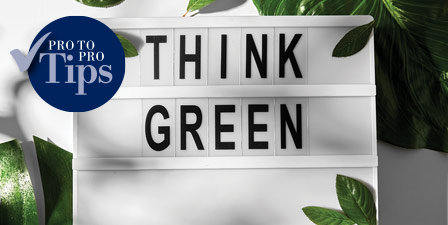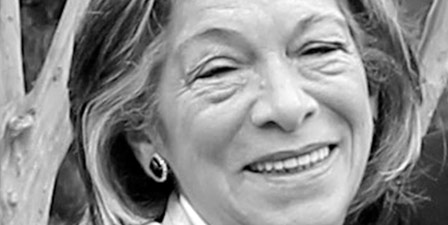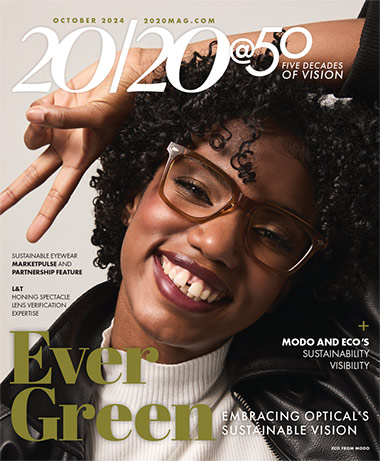
Who cares about night driving? Based on statistics, we should all care! Multiple traffic fatality studies found a disproportionate number; more than half of traffic accidents happen during night driving. But on average, only a quarter of our driving time is at night. And night driving accidents increase with age.
More automobile accidents occur under mesopic conditions, with contrast sensitivity declining rapidly as the eye moves from photopic (daylight) to mesopic (dusk, twilight and night driving) illumination levels. And according to a 1987 study by Campbell, Rothwell and Perry, driver reaction time falls off rapidly with the transition from photopic to mesopic vision. At dusk, the sun continues to illuminate the foreground and background, making car headlights ineffective for illuminating the view.
Distractions add to the effect of poor visibility and the stress of night driving. Visual processing in mesopic conditions means rapidly changing focal distances to see the road ahead, our display/control panel, rearview and side mirrors. It is worth noting that visibility does not determine conscious perception. Visibility means we can see something, but just because we can doesn’t mean we do see. Automobile accident reports commonly note driver claims that they “looked but failed to see” the other vehicle; this phenomenon is called inattentional blindness, the failure to notice unexpected objects. Distractions like talking on a cell phone is thought to dramatically increase the probability of missing an unexpected object.
Night driving is even more complex for the eyeglass wearer due to rapidly changing focal distances, gaze angles, reflections and glare. New blue-based high luminance headlights increase disabling and discomfort glare and increase lens reflections. Larger pupil sizes at dusk and nighttime increase lens aberrations for the single vision and PAL wearer. Mesopic vision for night driving produces poor acuity, contrast sensitivity, photostress recovery and reaction time. Yet, most of us have to drive at dusk and nighttime, especially in the winter, so what can we do to increase comfort for the eyeglass wearer in mesopic driving conditions?
As ECPs, we recommend anti-reflective coating to reduce surface and internal lens reflections and the resulting halos, ghost images and glare. A short wavelength blue filter in the coating attenuates discomfort glare from blue-rich headlights. But we can do more to reduce discomfort glare to increase night driving confidence, comfort and safety for the eyeglass wearer (including PAL wearers). To learn more, read our October ZEISS sponsored CE “Blinded by the Night,” which goes into great detail about designing lenses and coatings that help the wearer see better driving at night at 2020mag.com/ce.
• Deborah Kotob
Pro to Pro Director
[email protected]












